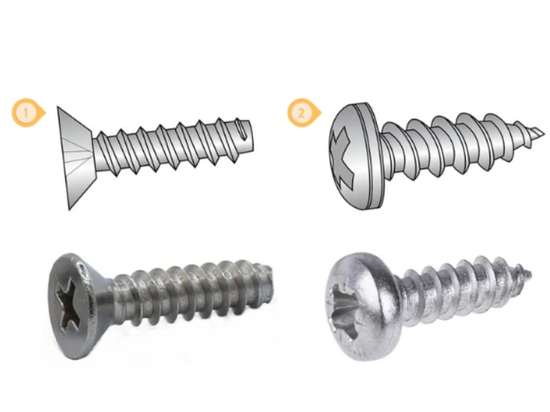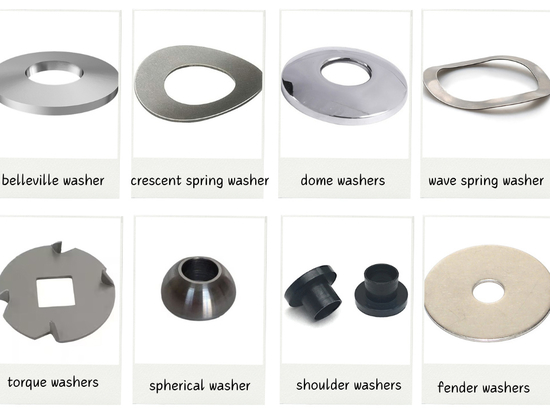
#Industry News
Breaking Strength Vs. Tensile Strength | Key Differences Explained
what is the Difference?
Breaking strength and tensile strength are both critical indicators of how materials respond under tension, but they describe different mechanical behaviors. Breaking strength refers to the maximum force a material can withstand before it completely fractures, making it crucial for evaluating the actual failure point of components like ropes, chains, or hardware. In contrast, tensile strength—particularly Ultimate Tensile Strength (UTS)—measures the maximum stress a material can endure before significant deformation occurs. While these values are similar in brittle materials, they differ notably in ductile materials where deformation happens before breakage.
Although both properties are derived from the same tensile testing process, they serve different engineering purposes. Tensile strength is calculated by dividing the maximum load by the cross-sectional area and is used as a material property for selecting and comparing materials. Breaking strength, on the other hand, is simply the load at failure and is used to verify the performance capacity of an actual part. Additionally, engineers use related values like yield strength to determine when a material starts to deform permanently and apply safety factors to convert breaking strength into working load limits for safe operation.
Ultimately, understanding the difference between these two metrics is vital in product design, material selection, and safety assessments. Tensile strength is most relevant during the design and selection phase to compare materials, while breaking strength is used during testing to confirm whether a product meets its load-bearing requirements. Both contribute to building stronger, safer components across industries ranging from construction to aerospace.




